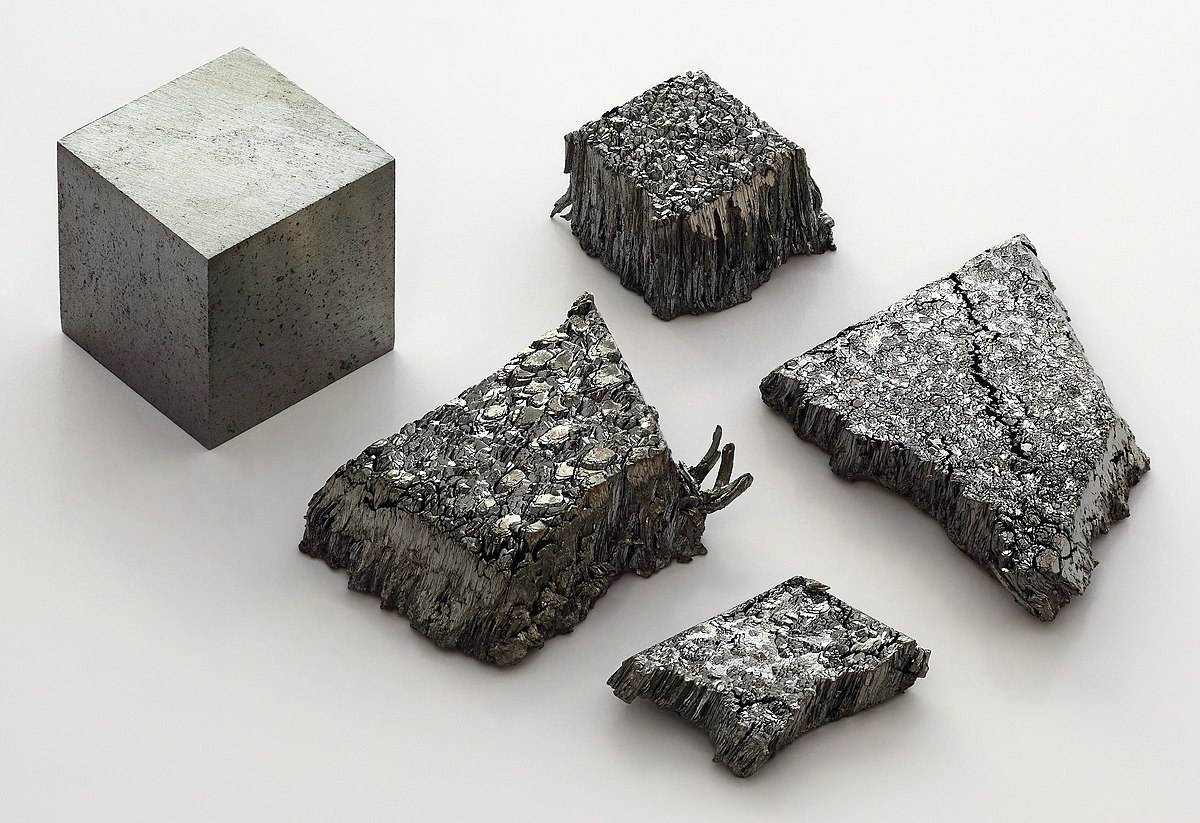How many valence electrons are in an atom of sulfur?
1 Answer
Explanation:
Sulfur has six valence electrons.
Valence electrons are the outermost electrons which, therefore, are located on the highest energy levels. Consequently, these are the electrons available for chemical bonding.
To determine the valence number, look at electron configurations which denote the number of electrons in the different energy levels and orbitals.
The Crossword Solver found 20 answers to the Atomic number of sulfur crossword clue. The Crossword Solver finds answers to American-style crosswords, British-style crosswords, general knowledge crosswords and cryptic crossword puzzles. Enter the answer length or the answer pattern to get better results. Sulfur is element number 16 on the periodic table, with element symbol S and an atomic weight of 32.066. This common nonmetal occurs in food, many household products, and even your own body. The electron configuration for sulfur is 1s2 2s2 2p6 3s2 3p4. Sulfur's atomic number is 16; therefore, it has 16 electrons in its outermost energy level. Sulfur needs another two electrons to have a stable arrangement.
Neutral sulfur has 16 electrons because its atomic number is 16.
The electron configuration is
What does this configuration tell us?
Sulfur has two electrons in the
The next energy level, the last one, is the outermost energy which comprises the valence shell. There are two electrons in the
Related questions
The Element Sulfur
Mass Of Sulfur
[Click for Isotope Data]
Atomic Number: 16
Atomic Weight: 32.066
Melting Point: 388.36 K (115.21°C or 239.38°F)
Boiling Point: 717.75 K (444.60°C or 832.28°F)
Video grabber for mac free download. Density: 2.067 grams per cubic centimeter
Phase at Room Temperature: Solid
Atomic Number Of S
Element Classification: Non-metal
Period Number: 3

Group Number: 16
Group Name: Chalcogen
What's in a name? From the Sanskrit word sulvere and the Latin word sulphurium.
Say what? Sulfur is pronounced as SUL-fer.

History and Uses:
Sulfur, the tenth most abundant element in the universe, has been known since ancient times. Sometime around 1777, Antoine Lavoisier convinced the rest of the scientific community that sulfur was an element. Sulfur is a component of many common minerals, such as galena (PbS), gypsum (CaSO4·2(H2O), pyrite (FeS2), sphalerite (ZnS or FeS), cinnabar (HgS), stibnite (Sb2S3), epsomite (MgSO4·7(H2O)), celestite (SrSO4) and barite (BaSO4). Nearly 25% of the sulfur produced today is recovered from petroleum refining operations and as a byproduct of extracting other materials from sulfur containing ores. The majority of the sulfur produced today is obtained from underground deposits, usually found in conjunction with salt deposits, with a process known as the Frasch process.
Sulfur is a pale yellow, odorless and brittle material. It displays three allotropic forms: orthorhombic, monoclinic and amorphous. The orthorhombic form is the most stable form of sulfur. Monoclinic sulfur exists between the temperatures of 96°C and 119°C and reverts back to the orthorhombic form when cooled. Amorphous sulfur is formed when molten sulfur is quickly cooled. Amorphous sulfur is soft and elastic and eventually reverts back to the orthorhombic form.
Most of the sulfur that is produced is used in the manufacture of sulfuric acid (H2SO4). Large amounts of sulfuric acid, nearly 40 million tons, are used each year to make fertilizers, lead-acid batteries, and in many industrial processes. Smaller amounts of sulfur are used to vulcanize natural rubbers, as an insecticide (the Greek poet Homer mentioned 'pest-averting sulphur' nearly 2,800 years ago!), in the manufacture of gunpowder and as a dying agent.
In addition to sulfuric acid, sulfur forms other interesting compounds. Hydrogen sulfide (H2S) is a gas that smells like rotten eggs. Sulfur dioxide (SO2), formed by burning sulfur in air, is used as a bleaching agent, solvent, disinfectant and as a refrigerant. When combined with water (H2O), sulfur dioxide forms sulfurous acid (H2SO3), a weak acid that is a major component of acid rain.
Estimated Crustal Abundance: 3.50×102 milligrams per kilogram
Estimated Oceanic Abundance: 9.05×102 milligrams per liter
Number of Stable Isotopes: 4 (View all isotope data) Objective c download mac.
Ionization Energy: 10.360 eV
Alchemical Symbol For Sulfur
Oxidation States: +6, +4, -2
Electron Shell Configuration: | 1s2 |
2s2 2p6 | |
3s2 3p4 |
Sulfur Atomic Number And Mass Number
For questions about this page, please contact Steve Gagnon.




